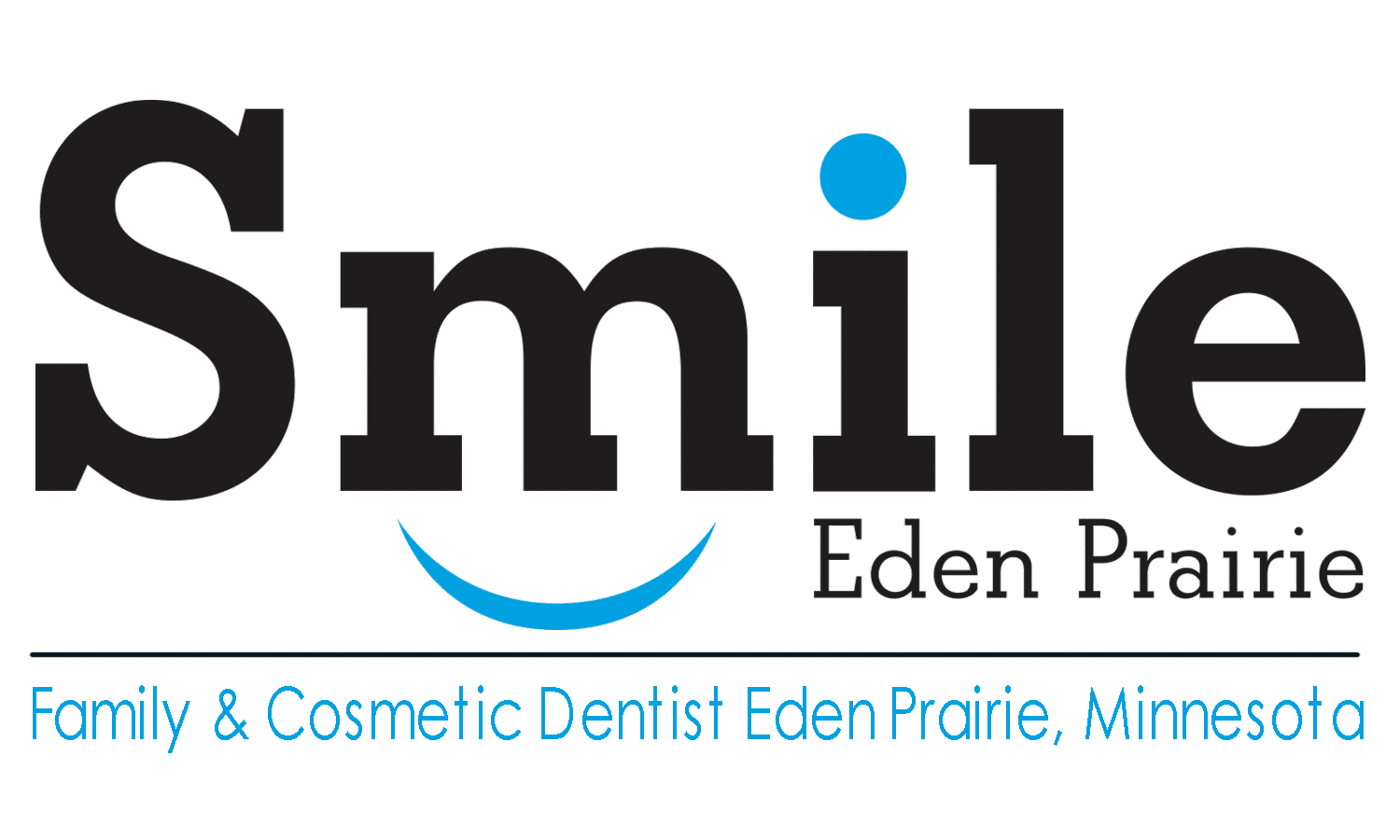Invisalign vs. Traditional Braces
Have you recently decided you want to pursue a treatment option to straighten your teeth, but you aren’t sure which treatment option is right for you? Thanks to advances in orthodontic practices, there are many more options available than there used to be. Today, the two most common treatment approaches designed to straighten teeth and improve the appearance of the smile are eden prairie Invisalign and braces. Below is more information to help you learn the differences and the pros and cons between Invisalign and traditional braces.
How Treatment Works
Before you start weighing the pros and cons of your treatment options, it may help to have a better understanding of exactly how braces and Invisalign work:
Traditional Braces are a set of metal brackets that are glued directly to the teeth and connected to each other by thin wires and tiny rubber bands. In the past, braces were always a noticeable metal color, but today you can get brackets to more closely match your enamel color. Traditional braces work to correct the smile by slowly aligning the teeth. Visits to the orthodontist are required to adjust brace settings and monitor the alignment process.
Invisalign is designed to work just like braces, but with a different look. Invisalign trays are made of comfortable, BPA-free clear plastic. The trays are designed to be worn over your teeth (top, bottom or both) to subtly and gently move your teeth into the desired position, just like braces. With the new cutting-edge technology your dental specialist will use X-rays, pictures, and impressions to create a 3-D image of your teeth to use as a guide to design your trays. Similar to the adjustments needed during braces, new Invisalign trays will be needed every few weeks to continue to tweak the way the teeth are being moved.
Pros and Cons of Invisalign vs traditional braces
For anyone who is trying to decide which treatment approach is best for them, there are a lot of factors to consider. Here are a few to consider:
- Appearance: Braces are traditionally metal in color and Invisalign is a set of clear plastic trays. Some kids and young adults may prefer the appearance of braces over the trays while some adults may prefer the clear invisible appearance of Invisalign.
- Treatment timeline: The timeline for both treatments is highly dependent on the individual patient needs. In general, the average length of wear for braces is 2 years, and the average wear for Invisalign is 6-12 months.
- Treatment Costs: Because Invisalign requires new technology and custom-made trays, it is a more expensive investment. The average cost of braces is $1,800-5,500 while the average cost of Invisalign is $5,000.
- Follow-up visits: If you have braces, you will be expected to see the orthodontist about once per month. With Invisalign treatment, you will receive new trays in the mail every 2 weeks and be expected to see the dental specialist every 4-6 weeks.
- Wear requirements: For children and young adults one of the biggest benefits of braces is that you can’t take them off and don’t have to remember to put them back on. Many adults like that Invisalign can be removed, however this feature means self-discipline is required for results.
- Conditions that can be treated: Invisalign is a great solution to fix issues with crooked teeth and alignment, however braces may be the better choice for more complex issues.
More on Invisalign : Invisalign Reviews
